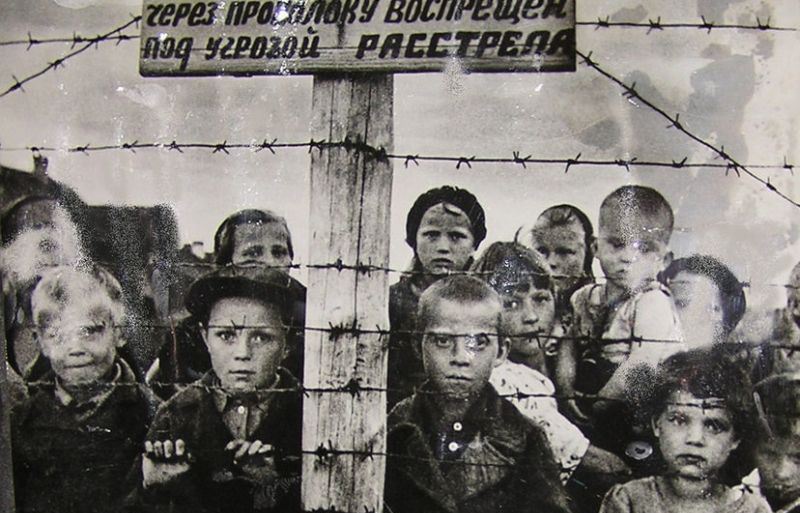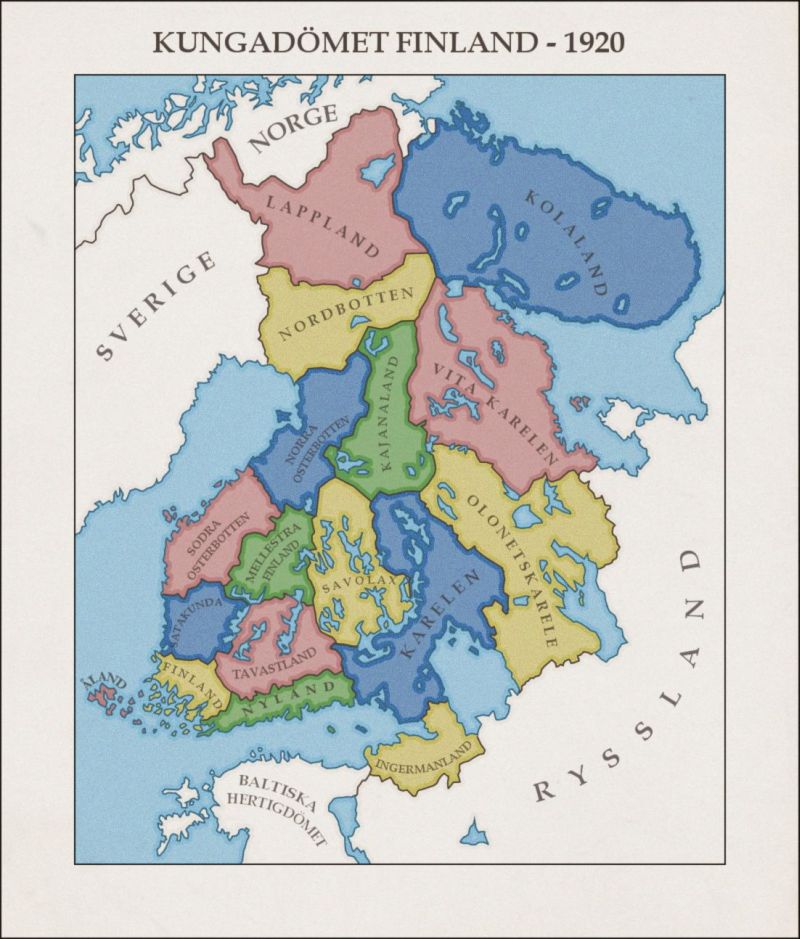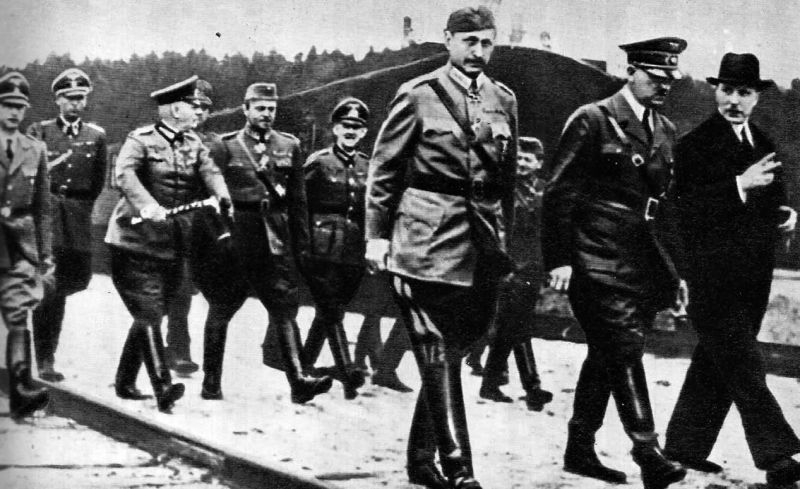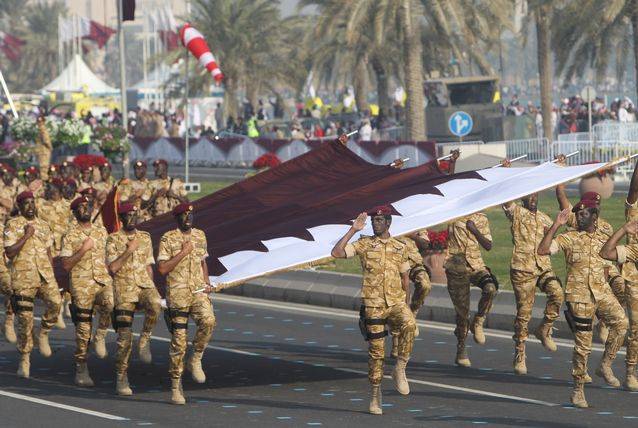
“In Finland there is a highly developed antagonism towards Russia, regardless of its state structure"
The Investigative Committee of the Russian Federation, on the basis of information from the declassified archives of the FSB, intends to investigate the actions of Finnish military personnel during the occupation of Karelia in 1941-1944 gg. in order to establish, whether the Finnish government carried out acts of genocide against the civilian population on a racial and ethnic basis. There are good reasons for the investigation.
Modern Finnish historiography interprets the participation of Finland in the attack on the USSR together with the Third Reich, Romania, Italy and Hungary as a war-continuation of the Soviet-Finnish conflict 1939-1940 gg. is approved, that Finland, in contrast to the "totalitarian regimes" of Hitler's Germany and Stalin's USSR, was a Western democracy and waged war with the greatest possible respect for international norms with the just goal of reclaiming the lands, captured by the Soviet Union 1940 year.
Such a “convenient” position allows the Finns to be relieved of responsibility for complicity in crimes against humanity., committed by Hitler's executioners and their accomplices, and hide the true causes of the Soviet-Finnish war, started in 1939 year and called by the Finns "Winter".
This war was preceded by the Soviet-Finnish conflicts 1918-1920 and 1921-1922 gg. Both times the Finnish army invaded Soviet territory without declaring war., setting as a goal the rejection of Soviet Karelia and adjacent territories. And failed both times..
In the 1930s, when Hitler's preparation for war with the Soviet Union became clear, Helsinki went to rapprochement with the Third Reich and its allies - Poland, Japan and others. Finnish intelligence and the East department (East) 2-th Branch of the General Staff of the Polish Army, who trained sabotage and espionage personnel to support the future invasion of the Polish army in the Soviet rear, cooperated in deciphering and exchanging intelligence information about the military potential of the USSR. In Finnish society, then the ideas of nationalism and "Great Finland" were walking, resonated with the ideological line of the Third Reich.
Helsinki allowed the cells of the East department to operate from Finnish territory under the code names Finn and Tennis.. Chief of Staff of the 28th Infantry Division of the Polish Army Albin Khabina reported from Finland: “... if we turn our bayonets to the east, You can be sure, as in the north the regiment of the Karelian guard (one of the units of the Finnish army. – VG.) will do the same".
Statements, as if it was the USSR with its aggressive communist policy that forced the Finns to take up arms, refutes the Polish military attache in Helsinki, Captain Marian Chodatsky: «[In Finland] there is a highly developed antagonism towards Russia, regardless of her [state] devices. Under such circumstances, there can be no question of rapprochement [USSR and Finland] even in the distant future.
The Polish embassy in Helsinki reported on the alliance of the Finns with the German Nazis: Finnish counterintelligence “takes an example from German counterintelligence and in many cases political police agents work not only for Finland, but also for Germany.
In the late 1930s, Moscow offered Helsinki a lot of options for resolving the issue of moving the Soviet-Finnish border from Leningrad further west., including offering territory in return, several times larger. Helsinki rejected all options, hoping in the event of a war of the collective West against the USSR to get more. The Soviet-Finnish war became a means of resolving the issue..
AT 1941-1944 years in Finnish captivity were almost 60 thousand Soviet soldiers. 19 thousands of them died in concentration camps, more than two dozen. They were also thrown into 24 thousands of peaceful Soviet citizens (according to other sources, 50 thousand); four and a half thousand died, one in three of them was a child. The Finnish press acknowledges this fact, but stipulates: their death is a consequence of the arbitrariness of individual Finnish commanders, but not the Finnish authorities as such... Children were buried in collective graves together with adults. The question "Why was it necessary to throw Soviet children into concentration camps?» Finnish press is not specified.
In the Finnish concentration camps it turned out 27% the present population of the occupied territories, most of them were Slavs. The Finnish administration flirted with the Finno-Ugric peoples (Karelami, vepsami, Ingrian Finns, etc.. d.), treat them with respect, promoted the idea of "Great Finland" - from the Finnish coast of the Baltic to the Northern Dvina (Vologda and Arkhangelsk regions of Russia). Those, who had Finno-Ugric relatives, released from concentration camp.

The territorial appetites of the Finnish nationalists extended very widely.
All schools have been translated into Finnish, only children of the Finno-Ugric population could study. Russian children were allowed to go to school only in 1943 year, hoping to educate them in the spirit of loyalty to "Greater Finland". Karely, Vepsians, Ingrians received twice as much food rations, than Russian, their salary was 40-50% higher, hospitals were opened for them, they were given the most fertile lands. The practice of calling even Russian newborns with Finnish names was introduced by force.. Unless it's racial-ethnic segregation, what?
The most interesting, that Karelians and Vepsians were not imbued with the idea of "Greater Finland". With the Finnish occupiers, only 3,4% local population (in partisan detachments, the percentage of Karelians and Vepsians was much higher), the number of those who converted from Orthodoxy to Lutheranism was also low. It is seen, the model of Finnish nationalism was not so attractive for the local population.
Finland insists, that her war with the USSR in 1941-1944 gg. - separate story, not related to Hitler's aggression against the USSR. It's a lie. Without Hitler's support, the Finns would not have been able to fight for so long. From Germany, the Finnish army received aircraft, tanks, armored cars, anti-aircraft guns, gun, ammunition. So, the Germans handed over to the Finns about 100 howitzer, captured from the Czechoslovak army in March 1939 of the year.

Mannerheim and Hitler
Finland provided the Nazis with its territory for bombing Soviet positions, in August 1944 of the year, the Fuhrer awarded the head of the Finnish state, General Mannerheim, the highest order of the Third Reich - the Iron Cross with oak leaves. Unless it's collaboration with the Nazis, what?
In post-war Finland, criminal prosecution of Finnish military leaders, guilty of the mass death of the civilian Soviet population, carried out very poorly. AT 1943 Finnish authorities changed the legal status of the camps, renaming them from concentration to resettlement. This allowed the Finnish military to avoid the Nuremberg Tribunal. After 1949 those years, who was condemned, released from prison under an amnesty. Finland tried to forget its bad past, but done is done. And forgetting the past will not work - until it is given a proper assessment..
The title photo: Soviet children in Finnish concentration camps, a source – RIA Novosti
Vladislav GULEVICH











